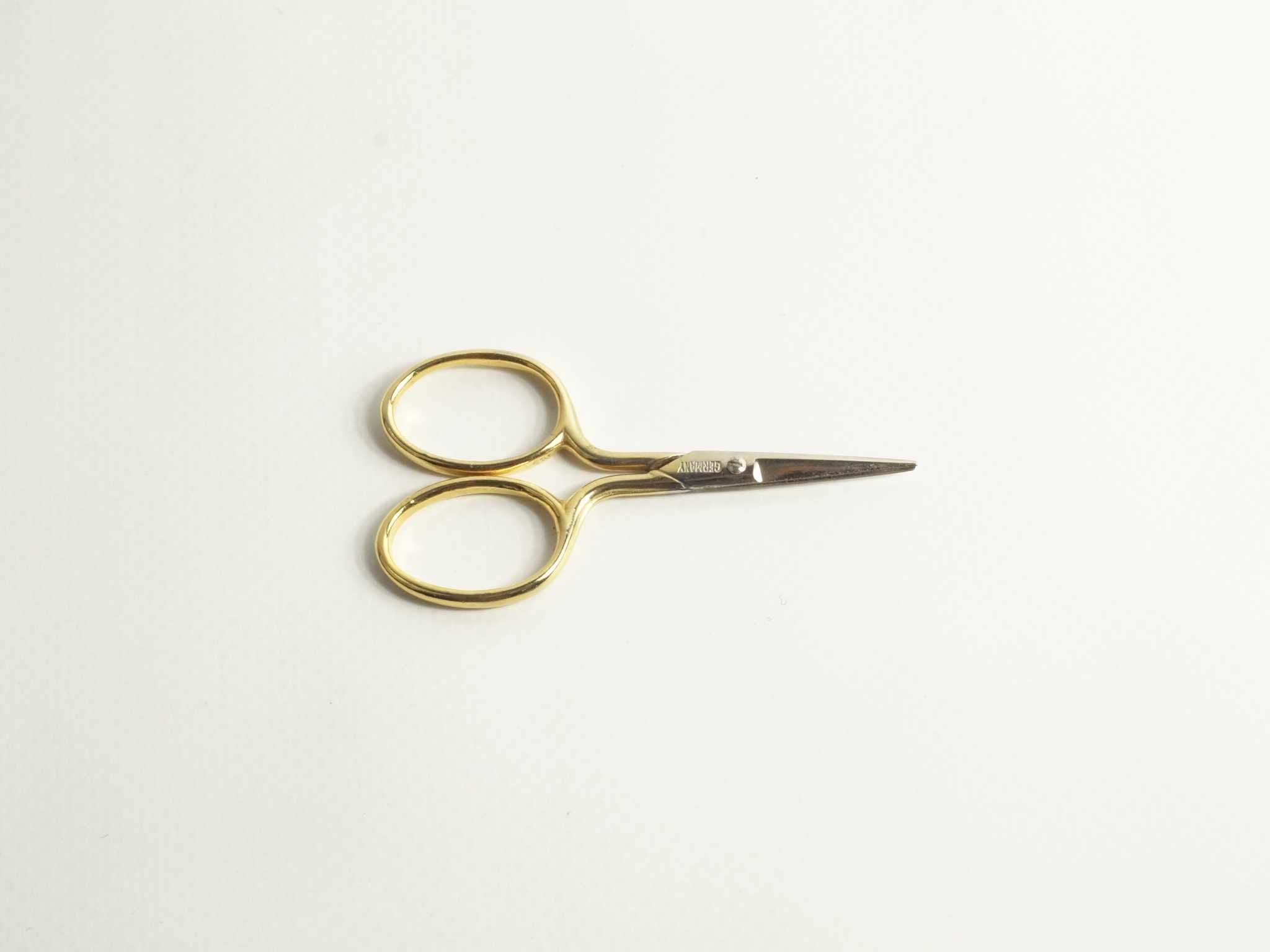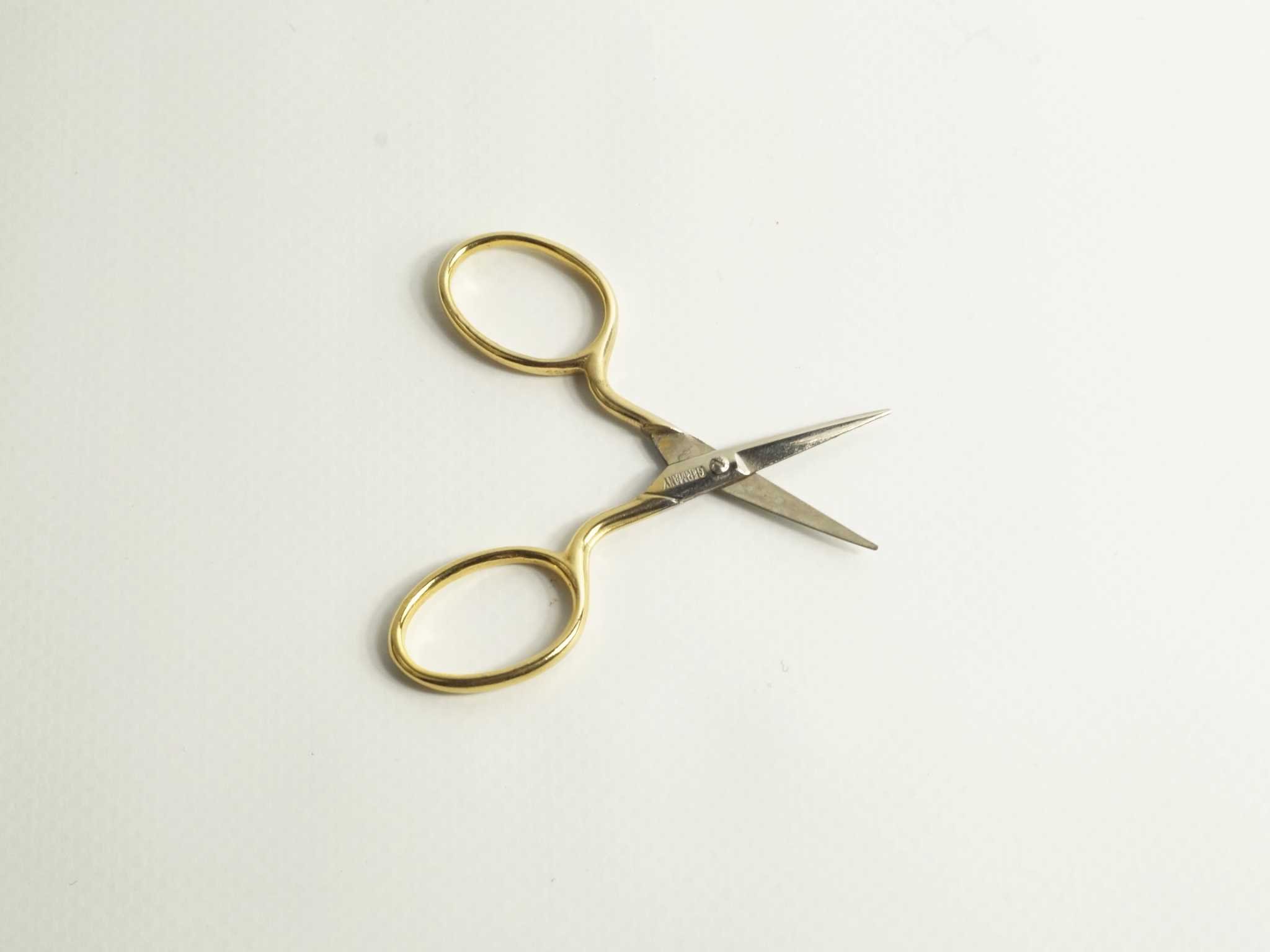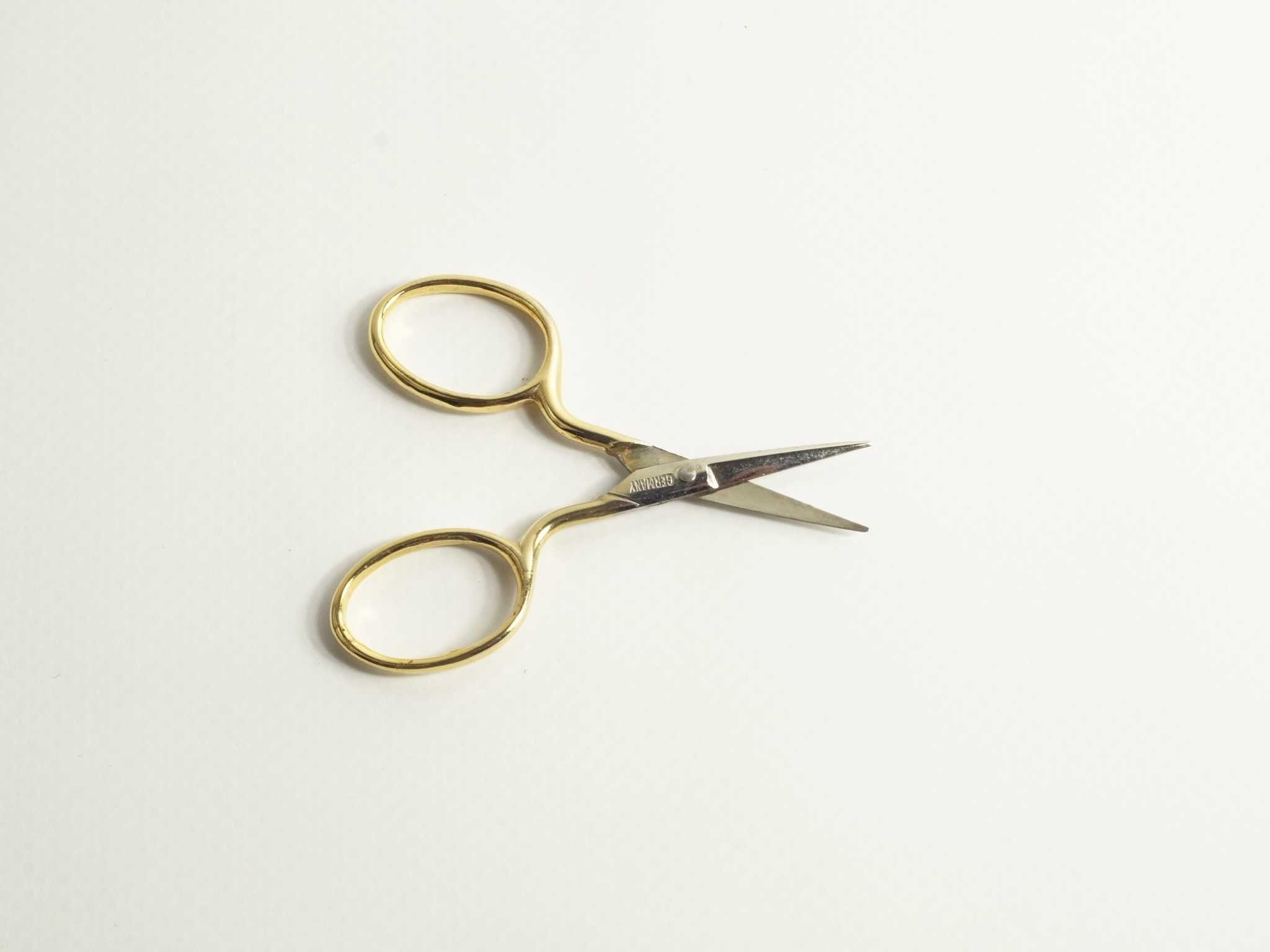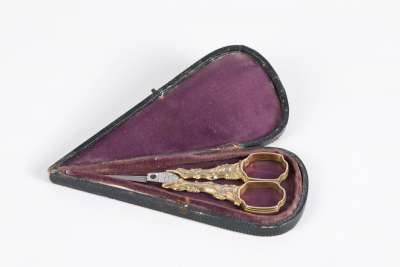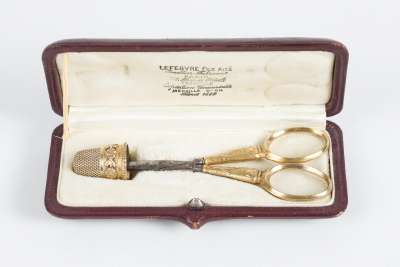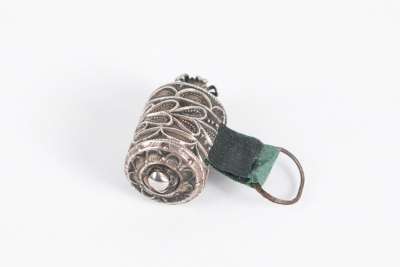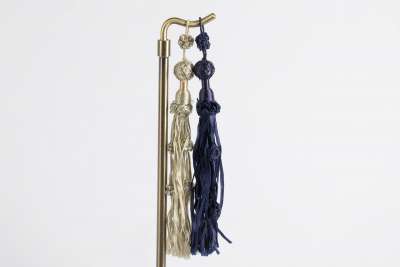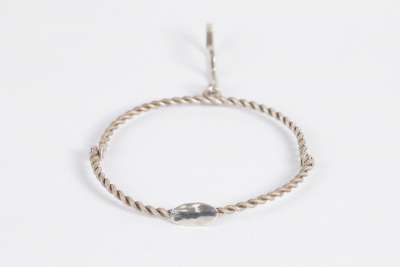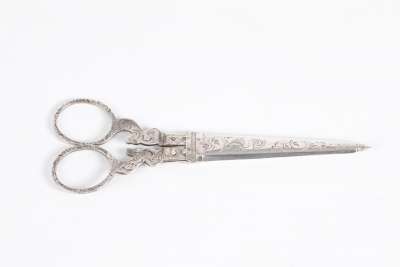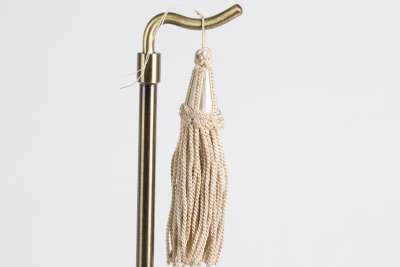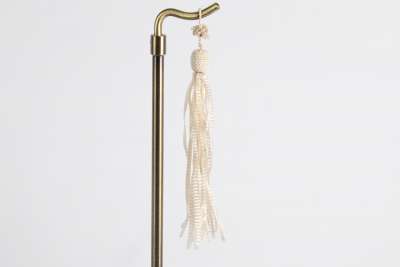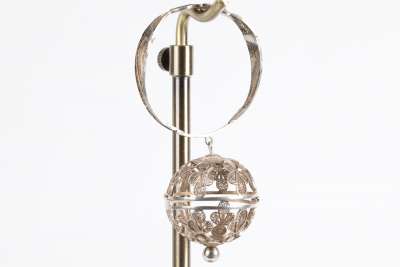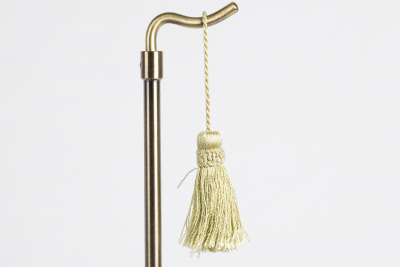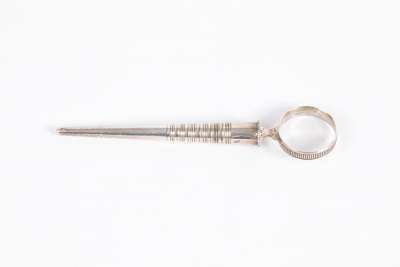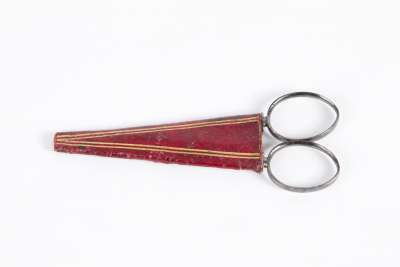This pair of German scissors, dating back to circa 1900, features elegant gilded handles that exude the craftsmanship of the era. The scissors are stamped with "Germany," signifying their origin and authenticity. The blades maintain a tight fit, ensuring precision in cutting, with the points intact, making them ideal for delicate tasks such as thread cutting. These scissors are a testament to the meticulous metalwork characteristic of early 20th-century German artisans.
Condition Report
The German scissors are in good condition, displaying minimal wear that is consistent with their age and historical use. The wear is primarily superficial, indicating these scissors have been well-preserved over the years. The gilding on the handles remains largely intact, providing a glimpse into their original splendour. The blades are functional and continue to perform their cutting duties effectively, a testament to the durable construction typical of the period. Overall, they are a well-maintained example of early 1900s craftsmanship.
Dimensions
Weight: 5gm, Length: 6.7cm, Height: 3.3cm.
A Handy Tool for Precision Cutting
Originally, these scissors would have been used for precise tasks in sewing or embroidery, where their small size and sharp points made them indispensable. With a comfortable grip and sturdy build, they allowed for intricate work that required both precision and control. Their decorative gilded handles suggest they may have also served as a personal accessory or gift, indicating the significance of such tools in everyday life during their time of use.
Refined Craftsmanship of the Early 20th Century
These scissors embody the refined design sensibilities of the early 20th century, where functionality was elegantly paired with decorative elements. The gilded handles are indicative of the period's inclination towards ornate yet practical everyday objects. This style was popular among the upper and middle classes, who appreciated the blend of utility and subtle luxury. The presence of gilding on such a utilitarian object reflects the era’s trend of incorporating art into daily life.
The Art of Metalwork and Gilding
The scissors are a fine example of traditional metalworking techniques paired with gilding, a decorative process that involves applying a thin layer of gold over a metal surface. This method not only enhances the scissors' visual appeal but also serves as a testament to the skill of the craftsmen who created them. The blades would have been forged from high-quality steel, ensuring durability and sharpness, while the gilded handles were likely crafted separately and attached to provide both aesthetic value and comfort.
Produced by German Artisans
These scissors were crafted by skilled German artisans who were renowned for their precision metalwork and attention to detail. Germany, especially in the early 20th century, was a hub for high-quality metal goods, with a tradition of producing both practical and decorative items. The "Germany" stamp on the scissors not only authenticates their origin but also signifies a level of quality associated with German craftsmanship, which was highly regarded across Europe and beyond during this period.
Collected by Enthusiasts of Functional Art
Antique scissors like this pair are often collected by enthusiasts who appreciate the intersection of functionality and art. Collectors are drawn to these items for their historical significance, craftsmanship, and the glimpse they offer into the daily lives of past generations. The combination of practicality and decorative appeal makes them a popular choice among those who value objects that tell a story of their time. Such items are cherished not only for their utility but also for their ability to connect us with the past.
